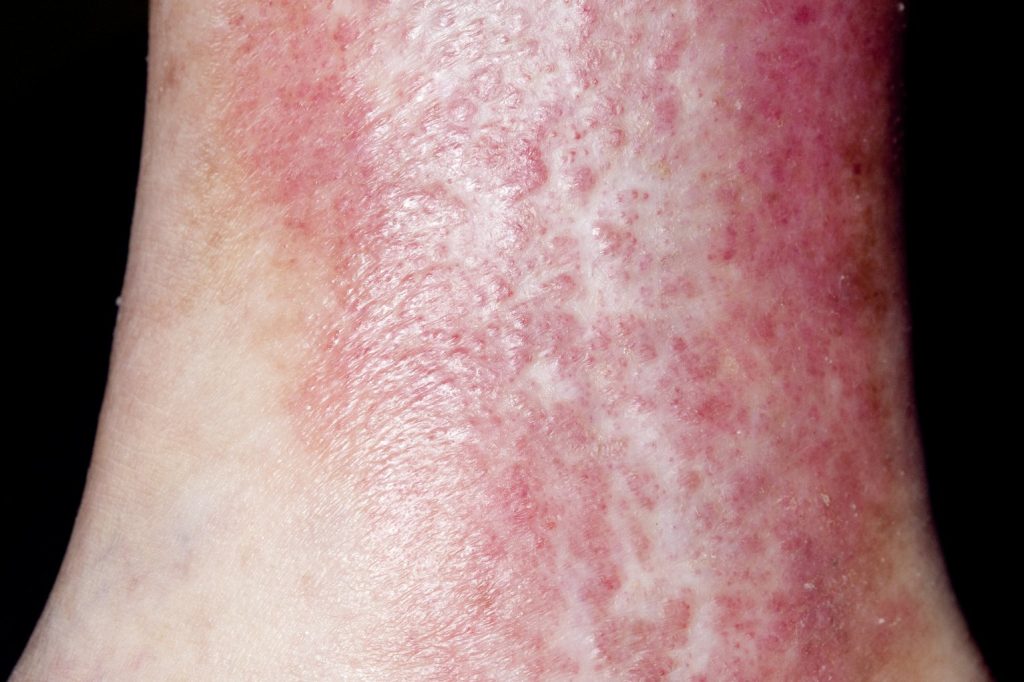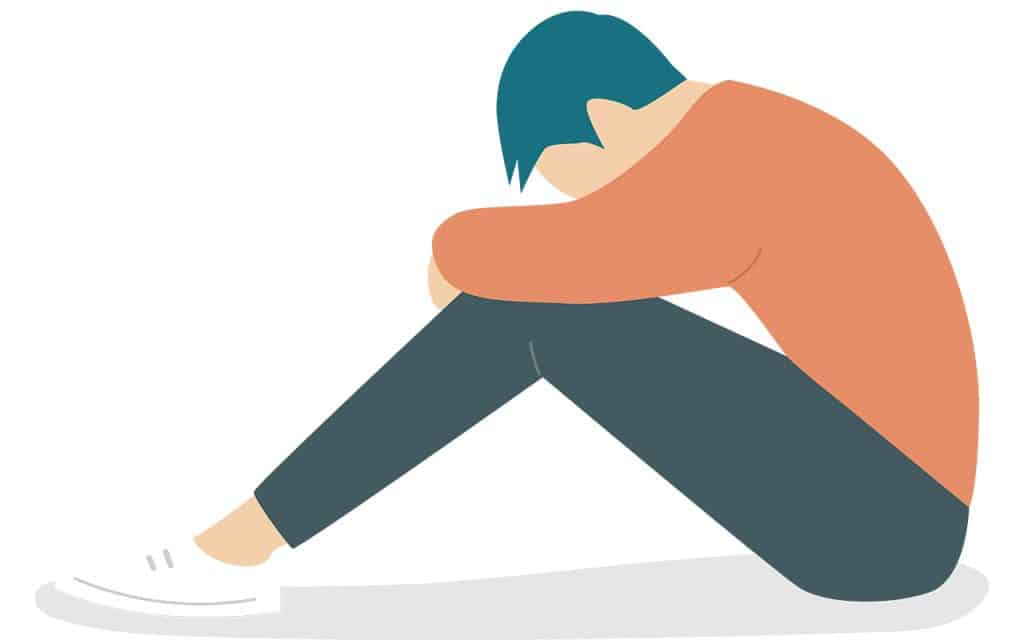
Varicose eczema is often called stasis dermatitis, gravity eczema, or venous eczema. It is a skin condition that primarily affects people who have varicose veins in their lower legs.
Unlike arteries, veins lack a self-pumping system. Instead, they rely on muscle contractions and other mechanisms to help return blood to the heart. When the muscles in your legs contract during movement (like walking), they squeeze the veins, pushing blood toward the heart. Veins, especially those in the legs, have ‘one-way valves’ that prevent blood from flowing backward. These valves ensure that when the muscles push the blood forward, it doesn’t flow back down due to gravity.
If this self-pumping system is not working properly, the following may develop:
• Venous insufficiency where the valves may not work properly, leading to poor blood flow and symptoms like swelling or varicose eczema. This makes muscle contraction and other mechanisms even more important in keeping blood moving effectively.
• Increased pressure in the leg veins, causing blood to pool and leak into the surrounding tissues.
• Fluid buildup in the tissues, which triggers inflammation and eczema symptoms.
Several factors can increase the risk of developing varicose eczema, including:
Age: It’s more common in older adults.
Gender: Women tend to be affected more than men.
Obesity: Excess weight places additional pressure on the leg veins.
Pregnancy: Hormonal changes and increased blood volume can worsen vein problems.
Prolonged immobility: Standing or sitting for long periods can slow blood flow.
History of venous conditions: Previous deep vein thrombosis (DVT), phlebitis, or a family history of venous insufficiency can increase your risk.
Common symptoms of varicose eczema include:
• Itchy, swollen skin
• Dry, flaky patches
• Red or brown discoluoration
• Scaly or crusty areas
• Swelling, especially after prolonged standing
• Potential development of ulcers if left untreated
Preventing varicose eczema involves managing risk factors and improving leg health. Here are a few effective strategies:
Stay active: Regular exercise like walking can boost circulation.
Elevate your legs: Resting with your legs elevated can help reduce swelling and improve blood flow.
Maintain a healthy weight: This helps reduce pressure on the veins in your legs.
Use compression therapy: Compression stockings can help support venous circulation by applying gentle pressure to your legs.
Practice good skin care: Moisturising regularly with oils can prevent dryness and protect the skin.
Leg brushing with a soft brush up towards the heart also helps venous circulation
By following these preventive measures and managing any underlying conditions, you can reduce the risk of developing varicose eczema or help control symptoms if you already have it.


